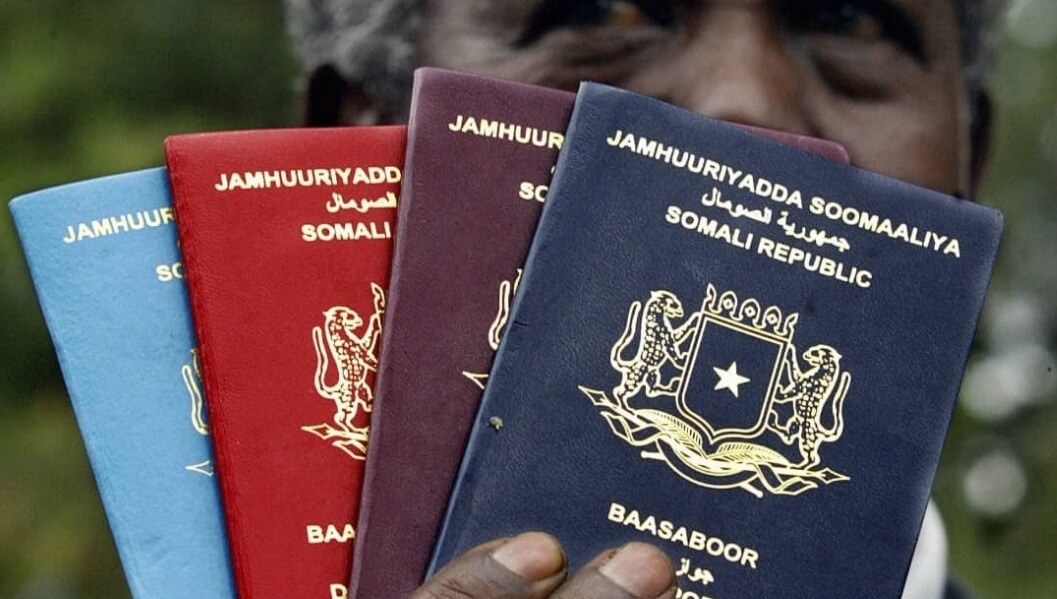African Development Bank approves over $1 Billion for Emergency Food Production Plan

Press release
The African Development Bank (AfDB) Group’s Board of Directors has approved 24, fast-track programs to help Africa mitigate rising food prices and inflation caused by Russia’s war in Ukraine, climate change and the Covid-19 pandemic.
The first round of approvals is part of the Bank’s $1.5 billion African Emergency Food Production Facility, established in May to boost food security, nutrition, and resilience across the continent.
The facility will provide 20 million African smallholder farmers with certified seeds and increased access to agricultural fertilizers. It will also support governance and policy reform, which is expected to encourage greater investment in Africa’s agricultural sector.
The African Emergency Food Production Facility will enable African farmers to produce 38 million additional tons of food over the next two years. This is food worth an estimated $12 billion.
As of 15 July, the Bank Group’s Board of Directors had approved a total of $1.13 billion in mixed financing for Emergency Facility programs targeting 24 countries: eight countries in West Africa; five in East Africa; six in Southern Africa; four in Central Africa and one in North Africa.
“This is a landmark week for the African Development Bank and the African Emergency Food Production Facility,” said Dr. Beth Dunford, the Bank’s Vice President for Agriculture, Human and Social Development.
“These programs will deliver much-needed climate-adapted seeds, access to affordable fertilizers and usher in policy reforms to enable the agriculture sector to supply immediate, medium and long-term solutions to challenges faced in regional member countries.”
READ ALSO: With vast arable lands, why is Africa dependent on imported grain?
The African Emergency Food Production Facility is designing programs to respond to requests from more countries on the continent.
The facility focuses on staple crops that many African nations largely import from Russia and Ukraine. However, the Russia-Ukraine war has left the continent facing a deficit of at least 30 million tons of food.
Successful implementation of the facility will deliver 38 million tons of food, exceeding the amount imported from Russia and Ukraine. Through the facility, African farmers will produce approximately 11 million tons of wheat, 18 million tons of maize, 6 million tons of rice and 2.5 million tons of soybeans.
The program will build on the success of the Bank’s Technologies for African Agricultural Transformation (TAAT) platform. Launched in 2019, TAAT delivered heat-tolerant wheat seed varieties to 1.8 million farmers in seven countries. It also increased wheat production by 2.7 million tons, valued at $840 million.
Full list of beneficiary countries of the first batch of approvals:
West Africa (8): Senegal, Liberia, Niger, Togo, Sierra Leone, The Gambia, Côte d’Ivoire Nigeria
East Africa (5): Tanzania, Kenya, Burundi, South Sudan, Somalia.
Southern Africa (6): Eswatini, Madagascar, Malawi, Zimbabwe, Zambia, Mozambique.
Central Africa (4): Central Africa Republic, Chad, The Democratic Republic of the Congo, Cameroon.
Northern Africa (1): Egypt
For more details about the African Emergency Food Production Facility, CLICK HERE
Distributed by APO Group on behalf of African Development Bank Group (AfDB).
READ ALSO: West African Farmers Produce 70% Cocoa for the global $130 Billion Chocolate Industry, yet remain Poor
Abeeb Lekan Sodiq is a Managing Editor & Writer at theafricandream.net. He’s as well a Graphics Designer and also known as Arakunrin Lekan.




